Understanding Aviation Security Rules
Aviation security regulations govern what can and cannot be brought aboard aircraft. The Transportation Security Administration (TSA) enforces these rules in the United States. Other countries have similar security agencies with their own guidelines. Power tools may seem innocuous, but certain types pose potential risks. Can you take power tools in checked baggage?Travelers must understand the nuances to avoid issues at security checkpoints.
What Constitutes Power Tools?
The term “power tools” covers a broad range of equipment. Handheld tools like drills, saws, and sanders typically operate on batteries or electricity. Larger stationary tools like table saws and planers require direct power sources. While manually operated tools usually pass muster, anything requiring a power source faces scrutiny.
Permitted in Checked Baggage
Most power tools receive approval for transport in checked luggage only. The tools must have batteries removed and packaged separately. Any removable blades or bits also require separation from the tool body. Basic hand tools like screwdrivers, wrenches, and pliers can go in carry-on or checked bags. Just avoid anything excessively heavy or bulky.
Prohibited in Carry-On Bags
Passengers cannot bring power tools into the aircraft cabin in carry-on luggage. Security screeners will not allow any item with an exposed blade or shaft through security checkpoints. This includes utility knives, scissors over 4 inches long, and any powered saws. Lithium-ion batteries face restrictions too due to fire risks. Most cordless power tool batteries utilize this lithium technology.
Permitted in Limited Quantities
Some power tools receive conditional approval for carry-on when the blade remains under 7 inches in length. This small exception covers basic utility knives or basic hand saws. The blade must retract fully into the handle or feature a protective cover. Small cordless drills may also proceed as carry-on if under 7 inches long.
Sporting Equipment Allowances
TSA permits some sports equipment like camping tools and hiking gear in carry-on bags. Small multi-tools qualify if no blade exceeds 7 inches. Walking staffs, ski poles, and avalanche probes also receive the green light. Just avoid anything with exposed edges or points over 7 inches.
Lithium Battery Guidelines
Most cordless power tools run on lithium-ion battery packs over 100 watt-hours. Aviation regulations prohibit spare lithium batteries exceeding this limit in both carry-on and checked luggage. However, installed batteries contained within the secured tool body can travel in checked baggage. Just ensure all removable drill, saw or blade accessories detach first.
Declaring Checked Items
When checking power tool items, travelers must declare these items at their airline ticket counter. Larger benchtop power tools like table saws or planers require pre-approval first from the airline. The equipment must remain within the airline’s permitted size and weight dimensions.
Tape or secure any loose cords and detachable parts. Consider using hard protective cases rather than soft-sided luggage. This prevents damage if baggage handlers mishandle the equipment during transport.
Hazardous Material Restrictions
Tools or equipment containing flammable liquids like gas or propane constitute hazardous materials. These substances pose fire and explosive risks aboard aircraft. Both power tools and manually operated tools containing such hazardous materials will face denial during security screening. Always purge fuel tanks and propellant canisters before packing power equipment.
Tips for Safe Transport
To avoid complications, clearly label all power tool cases and batteries as such. Remove any accessories like blades before arriving at the airport. Place lithium batteries in carry-on luggage whenever possible to reduce risk of loss or pilferage. Consider shipping tools ahead to your destination via parcel delivery services.
When in doubt about a particular power tool, check the TSA website or airline guidelines. It’s better to confirm policies ahead of time rather than face confiscations. With proper preparation, most power tools can make their way safely to job sites or workshops.
Temporary Relief Areas
A TSA pilot program called Screening Partnership Program Plus (SPP+) created zones allowing passengers to exit security with tools. This allows workers like plumbers or electricians to access their tools quickly for brief home repair jobs. The designated relief areas provide temporary tool storage. However, tools must still comply with aviation security policies for checked baggage.
Alternate Travel Options
For travelers transporting extensive tool collections, other shipping methods provide alternatives. Ground shipping services allow greater flexibility for larger equipment. Truck rental companies also offer mobile storage options. Some companies cater specifically to construction and contractor needs for tool transport.
Advance planning proves essential for travelers intending to fly with power tools or large equipment. Conforming to aviation safety regulations prevents headaches and property losses. With some preparation, most power tools can safely arrive at any destination via checked baggage.

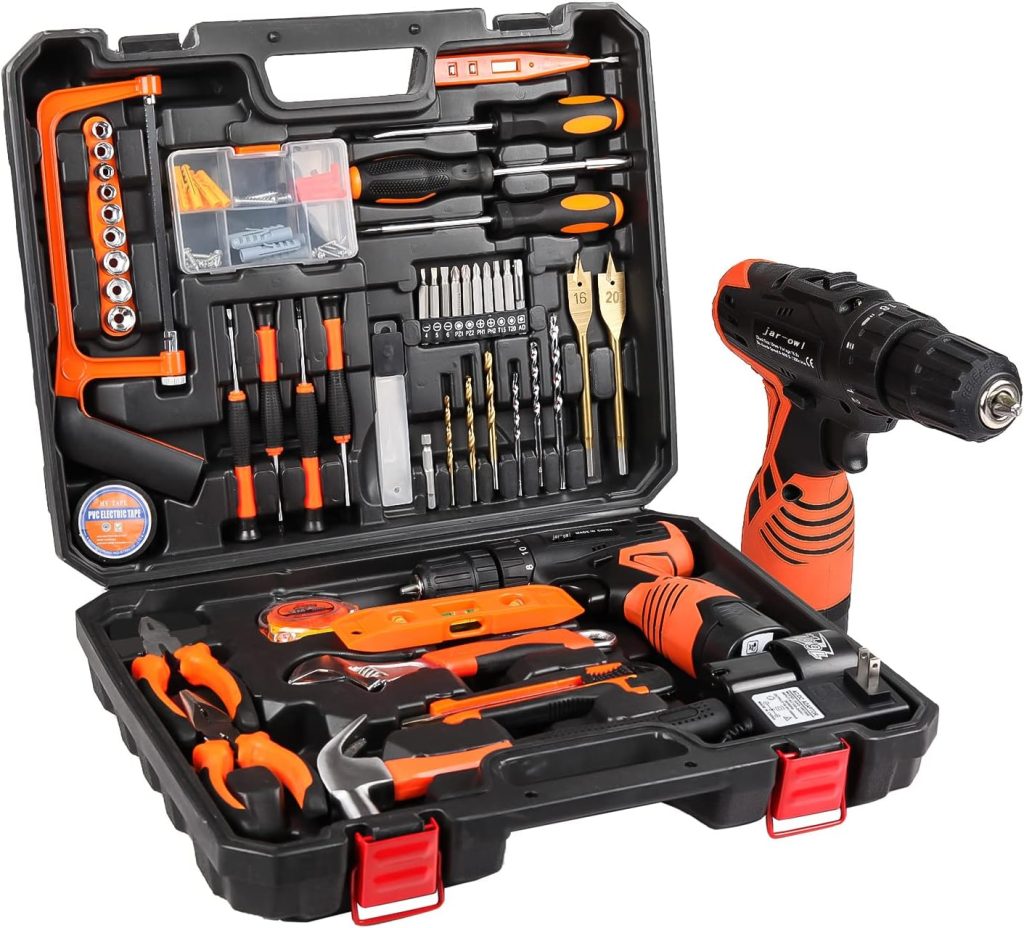

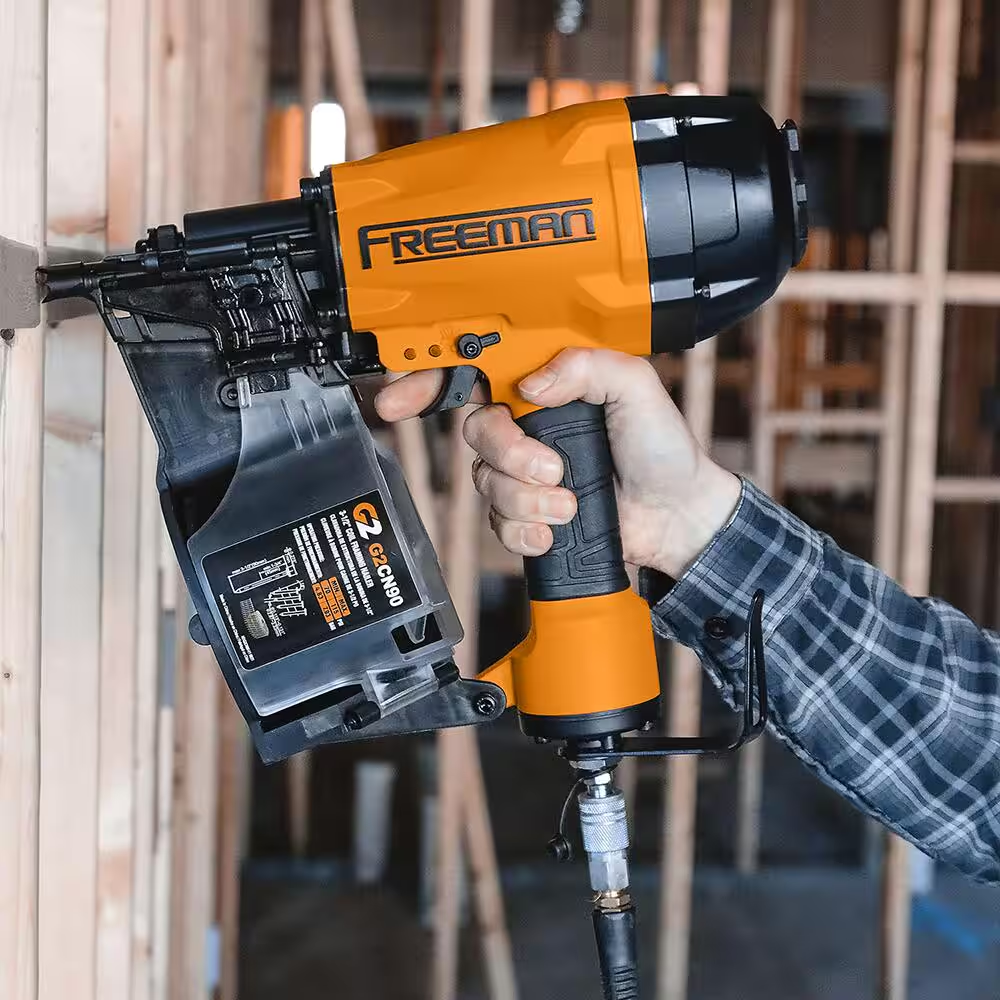
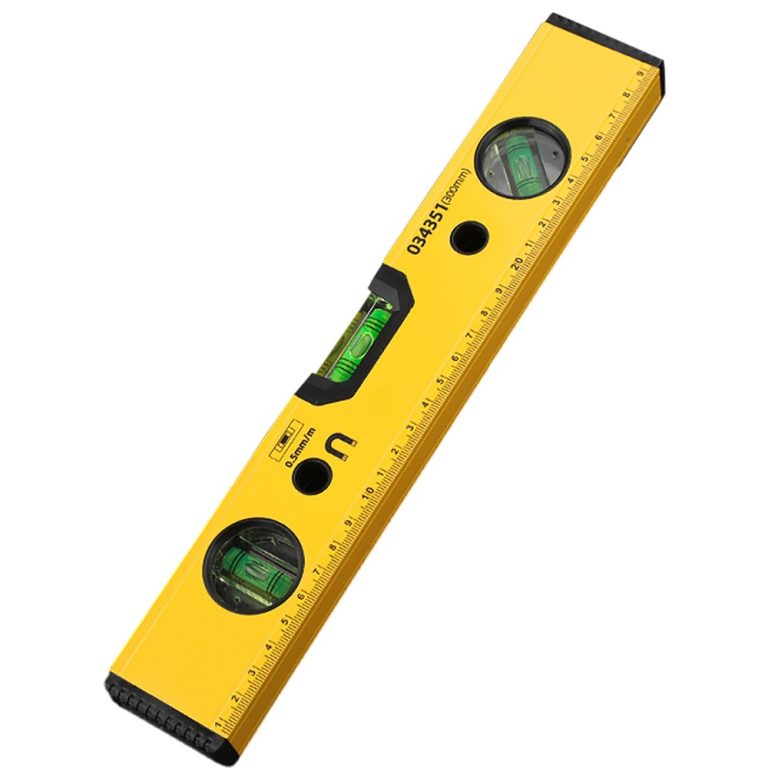
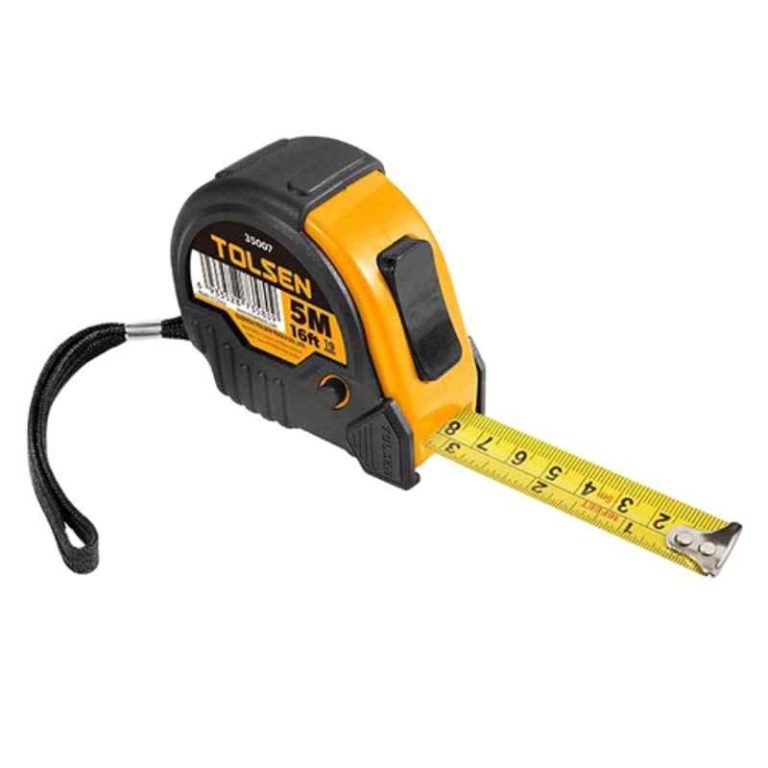

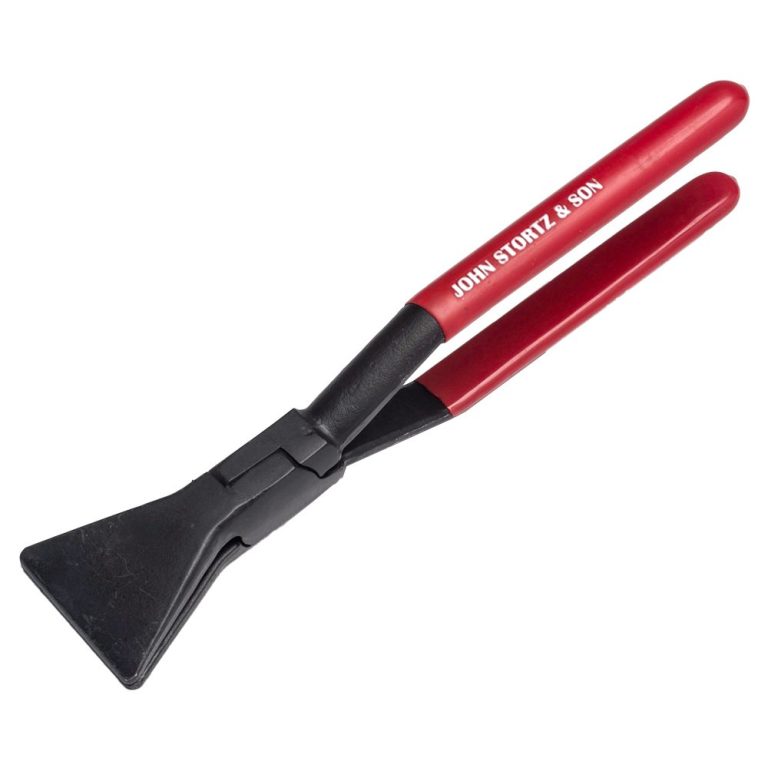
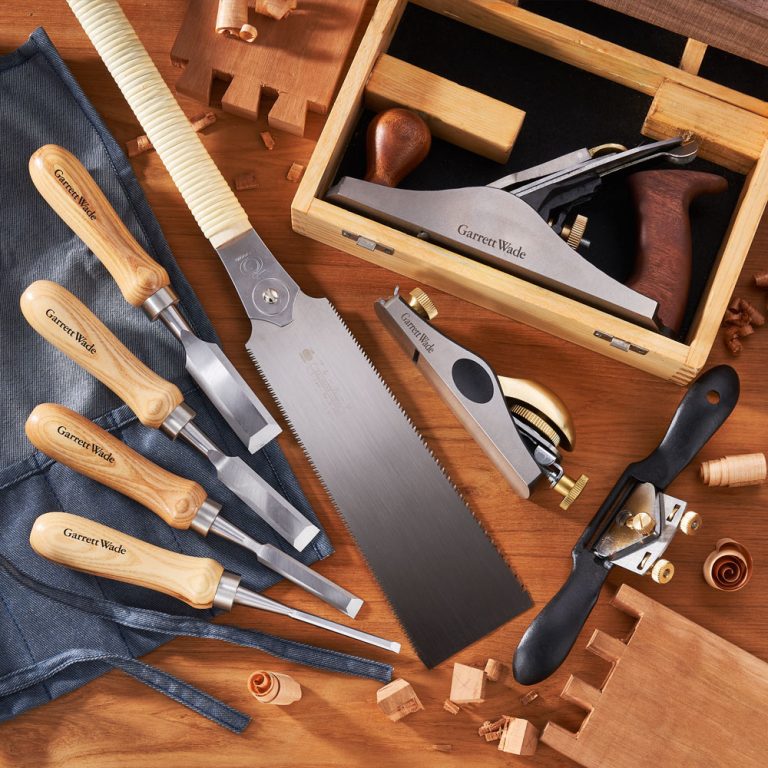


+ There are no comments
Add yours